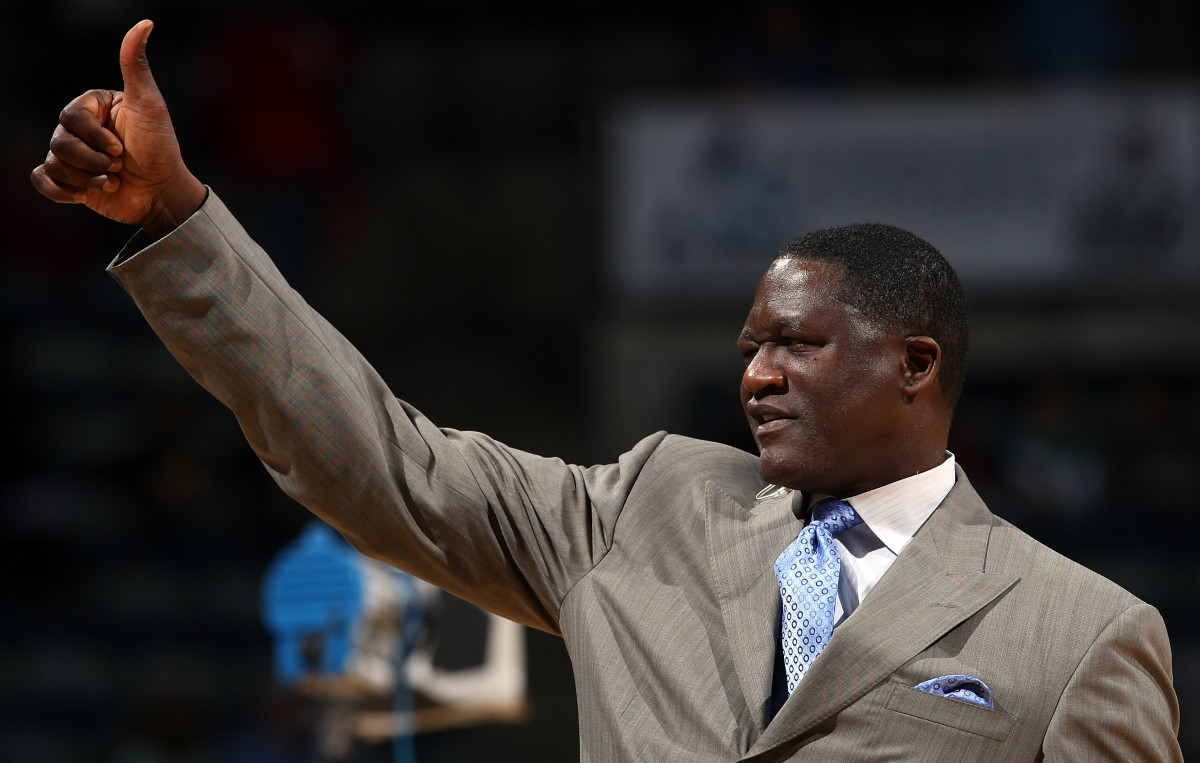
How ‘Human Highlight’ Dominique Wilkins Deals with Diabetes
Before there was King James, The Black Mamba, and Durantula, there was the Human Highlight Film. Dominique Wilkins’ acrobatic moves and incredible slam-dunks merited his nickname, but just a year after his retirement in 1999, the 6-foot-8 NBA star received devastating news about his health: he was a type 2 diabetic.
With his striking physical presence on the court and good health during his 16-year professional career, the discovery left Wilkins in denial. Although his grandfather and father had both died from diabetes, he never worried or tried to thwart off the disease because he was in great shape from basketball.
“I thought, ‘I’m Human Highlight Film, I can’t have diabetes, are you kidding me?’” says Wilkins, who was selected third overall as a junior in the 1982 NBA Draft. “But it’s a real sickness, and you have to face it and manage it."
Chef's Table: Cooking for Sports' Superstars
His blurred vision, frequent urination and fatigue were telltale signs of type 2 diabetes, and he knew he had to make a change — and fast, as his blood sugar level was above 350, more than double the normal amount. Like his dedication on the court, Wilkins committed himself to a lifestyle change and started to work closely with his physician, podiatrist, nutritionist and other doctors to develop a plan to treat his diabetes.
One of Wilkins’ first steps was to adjust his eating habits. He introduced a lot more green vegetables into his diet while also focusing on eating lean proteins like chicken, fish and turkey. He cut out all fruit juices and instead drinks a gallon of water a day — a big difference from his playing days, when he would gulp down a carton of orange juice regularly. “I should’ve known then because after I drank it, I felt off,” he says. Wilkins hasn’t had orange juice in 14 years and tries to stay away from pasta and other starch-heavy foods that can raise his blood sugar, but he said there is still a place for occasional treats in his diabetes-friendly diet.
“Apple pie. That was the hardest the thing to give up, especially when you live in the south and everybody makes it good,” says Wilkins, who is entering his tenth year as the vice president of basketball for the Atlanta Hawks. “I still have it, but only a slice, not two. Everything else was an easy adjustment.”

Dominique Wilkins #21 of the Atlanta Hawks goes for a dunk against the New York Knicks during the NBA game on January 1, 1991 at Madison Square Garden in New York, New York.
Nathaniel S. Butler/NBAE/Getty Images
After 26,668 career points, and 7,169 rebounds during his years in the league, Wilkins said he doesn’t pick up a basketball that often anymore — “age catches up with you” — but he does walk on the treadmill or outdoors as a part of his daily routine. With his diet and exercise regimen, Wilkins also aggressively treats his diabetes with medication, which he says is “the third leg of your three steps to better health."
Wilkins’ lineup of health care professionals led to a partnership with healthcare company Novo Nordisk and the creation of their “Diabetes Dream Team,” a national initiative to help adults with type 2 diabetes like Wilkins construct a customized plan for managing the daily challenges of the disease. After two Slam Dunk titles, nine All-Star appearances and a highlight reel to prove his dominance above the rim, Wilkins would make most all-time “dream team” rosters. But he says the support of his family and his own “dream team” have been major parts of his fight against diabetes, and encourages others to take a similar approach.
“My best tip is to build a relationship with your physician so together you can build a blueprint of your health,” he says. “You need that support around so you can live with this disease.”




